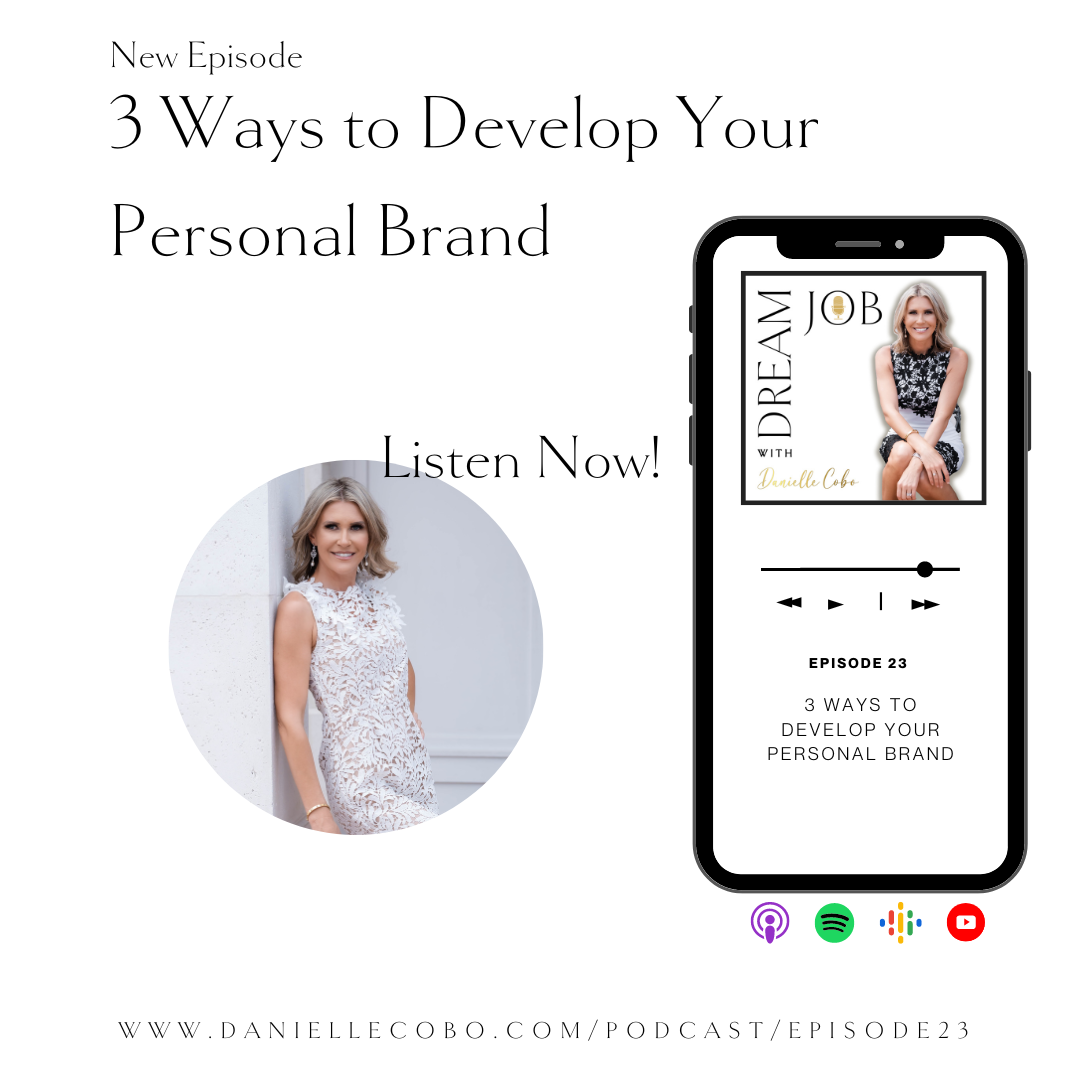3 Ways to Develop Your Personal Brand
In today's episode, I'm talking all about why it's so important to have a personal brand and why LinkedIn is the place where you should be developing it. I talk all about what your profile should include, who you should be connecting with and what you should be posting. Don't wait until you're ready to start looking for a job and start building those connections today!
"Developing your brand can be one of the best things you can do for your career" - Danielle Cobo
Click here to get your Social Selling Index Score: https://business.linkedin.com/sales-solutions/social-selling/the-social-selling-index-ssi
Download your Free "Career Acceleration Workbook": https://www.daniellecobo.com/freeresources
Download Your Free "Crush Your Quota Workbook": https://www.daniellecobo.com/freeresources
Listen on iTunes, Spotify, and YouTube https://www.daniellecobo.com/podcast
Highlights
💫 1:39 How can you establish your personal brand on LinkedIn?
💫 4:26 What should your LinkedIn profile include?
💫 9:17 How are you finding people to connect with in your industry?
💫 12:07 Why you should be connecting with the Talent Acquisition Manager
Let's Connect!
Instagram: https://www.instagram.com/thedaniellecobo/
DREAM JOB FB Community: https://www.facebook.com/groups/2826110370979215/
Rate, Review, & Follow on Apple Podcasts
"Danielle is so Uplifting." <-- If that sounds like you, please consider rating and reviewing my show! This helps me support more women -- just like you -- accelerate their career. Click here, scroll to the bottom, tap to rate with five stars, and select “Write a Review.” Then be sure to let me know what you loved most about the episode!
https://podcasts.apple.com/us/podcast/dream-job-with-danielle-cobo/id1571797640
Also, if you haven’t done so already, follow the podcast. I’m adding a bunch of special release episodes and, if you’re not following, there’s a chance you may miss out. Follow now!
The Importance of Developing Your Brand
Most of the time, when people hear the word branding, they think of companies, they think of a brand as Apple or Lululemon, Nordstrom, or Starbucks. Yes, all of these companies have a brand. We also have a brand amongst ourselves. And developing your brand can be one of the best things you can do for your career.
Your brand is a combination of your reputation, your skill sets, your accomplishments, and also the perception that people have of you online. Now, one of the best investments you can make, and you're developing your brand is being active on LinkedIn. 86% of recruiters use LinkedIn to attract top talent. And whether you're looking for a job now, whether you're looking for a job in the future, or you want to be presented with opportunities, your brand on LinkedIn can be your best investment. Oftentimes, I see people who will set up a LinkedIn account. And then they don't actually use it until they're looking for a job. And when that happens, you're already two steps behind where a lot of other people will be.
So if you want to be a top candidate, if you want to be presented with opportunities, I invite you to really invest in understanding who you are, your brand, and your goals for your career. Now, there are a couple of things that you can do to really understand your personal brand.
Steps and Methods in Establishing Your Personal Brand
The first step is figuring out who you are, and what's important to you.
What's your vision? What are your core values? What do you want to be known for? So oftentimes, I will hear from candidates and they'll say, some of these limiting beliefs that people will say to themselves like, “I can't go for that job. Because I don't have industry experience, I can't go for that job. Because I don't have enough years of experience, I can't go to that leadership position, because I've never been a leader before.” And all of those limiting beliefs will sometimes show up unconsciously or consciously when we show up in the world as ourselves. And so when you take the time to really understand your brand, it's an opportunity for you to show those intangible characteristics that you have, and the value that you bring to your relationships and an organization.
And so I'm going to walk you through how you can develop your brand through LinkedIn, and a step beyond that, and your connections and relationships. So the first step is really identifying a benchmark. So there is a resource called your LinkedIn social selling index. Most people have not heard of it. So it's okay if you haven't heard of it before. Your LinkedIn social selling index is a representation of your brand on LinkedIn. It's how LinkedIn really rates you. Okay, there are four pillars to LinkedIn social selling index. The first one is establishing your brand. And what that means is, is your profile complete, have you set up every aspect of your profile, so that it's a comprehensive profile, and that step goes beyond the cover photo, the headline, and just kind of some stats for you to know. There are character limits with each of these sections. So for example, the headline allows you to have 220 characters, the about section is 2000 characters. Now, how you kind of set up your LinkedIn profile is a couple of different ways. A background photo is key. It really gives a visual aspect to your brand The other step is a professional photo. Those days of taking a photo and cropping yourself out are not a strong representation of your brand. Your LinkedIn profile is who you are as a person, professionally. And so I invite you to really invest in having a professional photographer taking a headshot. And this can be used throughout your career extremely valuable to always have a headshot. Now, your summary section is going to be an overview of your career, your accomplishments, your core values, and your visions, and your ballot section is going to be an overall explanation of your career. The next step is filling out your job descriptions, your accomplishments, and any certifications that you have. And the other step is filling out your skills. So LinkedIn actually gives you an opportunity to add 50 skills to your profile. And when you're filling out those 50 skills, there are actually the top 10 skills or your highlighting skills, and how you set up your skills can determine whether you're going to be the top candidate for different positions, as well as when you are when recruiters are looking for candidates. Let's say, I want to hire somebody in the Tampa market. And I want somebody with this many years of experience with these top skills. So it's not only important to know which skills you're putting on there. It's also important to know what are the top 10 skillsI also invite you to fill out the volunteer section that gives people an opportunity not only to know who you are professionally but what are your interests. And so your LinkedIn profile can be extremely valuable if you set it up to the full completion.
The other step when it comes to establishing your personal brand is really to become a thought leader by publishing meaningful posts.
So as you know, with most social media platforms – Facebook and Instagram, LinkedIn also has algorithms – so the more active you are on LinkedIn, the more your posts are gonna be filtered to the top. And what that does is it creates top-of-mind awareness. So whether you're looking for a job, and you're actively seeking one, or whether you want to be presented with opportunities and want to be viewed as a thought leader within your field, posting regularly can be very valuable. That's part of establishing your personal brand.
Now the next pillar to your LinkedIn social selling index is finding the right people and identifying who are the people that you're connecting with, within your industry. Now there are two ways that LinkedIn and the social selling index look at finding the right people. One is within your actual industry, and the other one is within your network. So for example, when I look at my LinkedIn profile, my social selling index, and the top 1% within my industry, which is people that have experience and career coaching, medical sales leadership, and then my network is a top 2% because I'm also connected with the top 40 nationally-known speakers and world-renowned speakers in the world. And so that's my extended network and so there may be a variance between your industry network and then also your top network.
The next pillar is engaging with insights. So LinkedIn's pillar is engaging with insights. And what that means is to discover and share conversations and worthy updates to create and grow relationships. So how often are you engaging with LinkedIn? How often are you engaging with people on LinkedIn? How often are you commenting on comments on LinkedIn? So when people post, are you just writing agree? Or are you actually contributing value to these posts?
And the fourth pillar is building relationships. And what that means is to strengthen your network by connecting and establishing trust with decision-makers. So when you're extending your network, and you're building intentional connections with people, are you doing it with hiring managers? Are you doing it with decision-makers? Are you doing it with recruiters? And here's why this is beneficial – on average, every job posting has over 250 applications. And then beyond that, there's this artificial intelligence filtering system. And then what that does, is it actually filters out all the resumes and only keeps the top 10%. So it filters out a lot of resumes if you don't meet the exact criteria that that online job posting is looking for. And the reality is, if a lot of people actually get filtered out, they would be really good candidates once an artificial intelligence filtering system weeds out resumes. And oftentimes, the first step beyond that is you connect with the Talent Acquisition Manager, and that Talent Acquisition Manager is internal within the organization. And they'll oftentimes do a phone interview before moving you forward to the next step in the interview process.
And then, here is something else to know. And this is a really sad statistic. Only 8.67% of candidates that apply for a job online actually get the job. More often than not people get jobs, it's based on connections, relationships, their reputation, and the brand that they've developed on LinkedIn. So why it's valuable for you to develop your brand on LinkedIn is because it gives you the opportunity to be two steps ahead. So that anytime you're looking for a job, you already have a platform where you created intentional connections, you created your brand online. And there's a lot of value in that. You're also creating intentional connections with recruiters and hiring managers. So I invite you to not only just set up your LinkedIn profile, but to really take the time to engage on LinkedIn. And if you want to have a benchmark as to where you're at now, with your social selling index, you can just Google LinkedIn social selling index, and it will provide you a link to get your score.
So my question to you is, what is your brand? What do you want to be known for? What is your vision? What are your core values? And what are other people's perceptions of you? And does it align with who you are?



